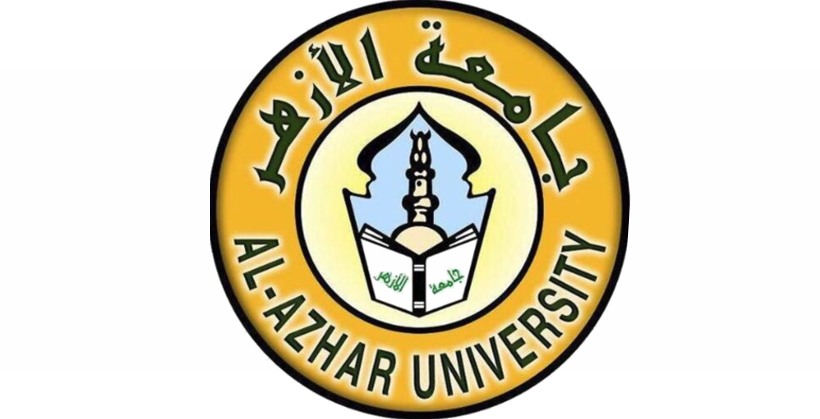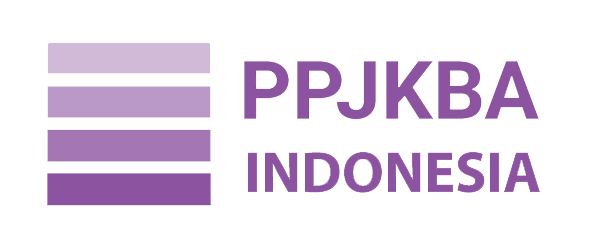Analysis of Code Switching and Code Mixing on the “Bajra” Film at the Darus Salam Modern Islamic Boarding School Gontor Ponorogo
تحليل التحول اللغوي والتخليط اللغوي في فيلم "بجرا" بمعهد دار السلام للتربية الإسلامية الحديثة كنتور بونوروكو
Abstract
Darus Salam Gontor Islamic boarding school students have designed a film entitled Bajra due to the student’s creativity. In the movie, the phenomenon of code-switching and code-mixing in communication between students in the boarding school environment is found. This study aims to discover the types of code-switching and code-mixing in the Bajra film and the causes of their occurrence in the movie. This type of research is qualitative descriptive. At the same time, the data collection method uses listening/listening techniques in the Bajra film and notes essential points about the types of code-switching and code-mixing as well as the causes of what happened in the movie. The results showed that there were 3 types of code-switching in Bajra film: Metaphorical code-switching, Conversational code-switching, and situational code-switching. Meanwhile, code-mixing occurs in words, phrases, and clauses. The causes of code-switching and code-mixing are of two types, namely internal and external causes.
References
A’la, Hadika Azizul dkk. “Alih Kode dan Campur Kode bahasa arab pada Pembelajaran di Pondok Pesantren Ibadurrahman Kutai Kartanegara Kalimantan Timur”, 4 Vol, Ilmu Budaya Jurnal Bahasa, Sastra, Seni, dan Budaya , Oktober, 2020.
Abdul Chaer, Linguistik Umum, Jakarta: PT. Rineka Cipta, 2012.
Ahmad Syafiq al khatîb, Qirããtu ilmi al lugah, al Qãhirah, dãru al nasyri al jami’ah, 2006
Al Galayayni, Mushthofa, Jãmiu Al Durûs Al Arabiyyah, Bairut, Darul Kutub al Ilmiyyah, 1944
Al Raqî, Abd Al Fannî, Mu’jam Al Qawãid Al Arabiyyah Fî Al Nahwi Wa Al Şarfî, Bairut, Darul Qalam, 1993
Aldi al syaikh wa şadîquhu, Abdullah, Al Tahawwul Al Lugawî Fî Al Tawaşul Baina Mu-hdaśi Al Lugah Al Arabiyyah Fî Jãmiati Sultãn Al Syarîf Al Islãmiyyah Fî Brunai: Dirãsat Istiţlãiyyah, Al Arabî, no:2, Desember 2020
Anitawati Bachtiar, dkk “Ubrug: Kajian Sosiolinguistik”, 2 Vol, Sirok Bastra,Desember, 2014.
Dihyati, Maskon. Muassasatu Dãru al salãm Wa Dauruhã fî Ta’lîmi al Lughah al Arabiyyah li al Nãţiqîna bi Gairihã bi Ma’hadi Gontor Ponorogo, Jurnal Tsaqafah, no:1, Mei, 2014
Hamidi, Asykalu Al Takhliţ Al Syufrah Wa Anwauhã Bayna Al Lugah Al Arabiyyah Wa Al Lugah Al Indûnîsiyyah Ladã Ťullabi Al Jãmiah Syaikhona Muhammad Khalil, Al Irfan, vol:1, Maret 2020
Hassankiadeh, M. A. G. (2013). Power of Sentences in Foreign Language Classes. Interna-tional Journal of Evaluation and Research in Education (IJERE), 2(2), 60–68.
Hari Prastyo, Bahasa dalam Masyarakat, Mojekerto: Yayasan Pendidikan Uluwiyah, 2015.
Hodson, Ilmu Al Lugah Al Ijtima’i, al qãhirah, Ãlimu al Kutub, 1990,
Jaeka, Farida. “Nurul Haramain Narmada Lombok: Alih Kode dan Campur Kode Intern-Ekstern Dalam Peristiwa Tutur Para Santri.” Prosiding Seminar Nasional Sasindo 1, no. 2 (May 31, 2021). https://doi.org/10.32493/sns.v1i2.10819.
maharani Ayu Pramesti, Eri Iswari, and abdul hakim. “Penggunaan Alih Kode Pada Percaka-pankeseharian Santriwati Di Pondok Modern Darussalam Gontor Putri 4 Kendari (Kajian Sosiolinguistik).” Journal of Innovation Research n Knowledge 1, no. 7 (desem-ber 2021): 271–82.
Malabar, Sayama, Sosiolinguistik, Gorontalo: Ideas Publishing, 2014
Nandang, Ade dan Abdul Kosim, Pengantar Linguistik Arab, Bandung: PT. Remaja Rosda-karya, 2018.
Nur qomari, al şunaiyyah al lughawiyyah fî ta’lîmi al lugah al arabiyyah, Asãlibuna, no:2, 2018
Oktavianti, Irma, and Akmal Walad Ahkas. “CAMPUR KODE BAHASA ARAB DALAM KOMUNIKASI LISAN SISWA PESANTREN AL-YUSRIYAH” 7, no. 7 (2022): 17.
Putri , Puput Oktaviana, ”Alih Kode dan Campur Kode dalam Film Ku Kejar Cinta Ke Negeri China”, Skripsi, Universitas Muhammadiyah, Surakarta, 2020.
Rizka Ayu Ninsi, dan Rizqi Azhari Rahim, “Alih Kode dan Campr Kode pada Pristiwa Tutur Guru dan Siswa Kelas X SMA Insan Cendekia Syech Yusuf”,3 Vol, Idiomatik Jurnal Pendidikan Bahasa dan Sastra Indonesia,2020.
Salikin, Hairus, Pengantar Kajian Bahasa Sosiolinguistik, Yogyakarta: Jogja Bangkit Publish-er, 2015.
Salim, dan Syahrum, Metode peneltian Kualitatif, Bandung: Citapustaka Media, 2012.
Susylowati, Eka, and Rahmat Wisudawanto. “Pilihan Kode Santri dalam Komunikasi di Me-dia Sosial.” Kelasa 15, no. 1 (September 18, 2020): 115–27. https://doi.org/10.26499/kelasa.v15i1.89.
“Sederet Prestasi Gontor2 selama Dua Tahun silam,” diakses dari https://www.gontor.ac.id/putra2/sederet-prestasi-gontor-2-selama-dua-tahun-silam, pada tanggal 23 Mei 2022 pukul 21.07.
Wahidah, Baiq Yulia Kurnia, Djatmika Djatmika, and Sri Marmanto. “ALIH KODE DA-LAM INTERKASI DI LINGKUNGAN PONDOK PESANTREN ULIL ALBAAB: KAJIAN SOSIOLINGUISTIK.” CENDEKIA: Journal of Education and Teaching 11, no. 2 (May 8, 2019): 143–58. https://doi.org/10.30957/cendekia.v11i2.328.
Warsiman, Sosiolinguistik: Teori dan Aplikasi dalam Pembelajaran, Malang: Universitas Brawijaya Press, 2014.
Wiwin Yuliani, “Metode Penelitian Deskriptif Kualitatif dalam Perspektif Bimbingan dan Kon-seling”, 2 Vol, Quanta, 2018.
Zoebazary, M. Ilham, Kamus Televisi dan Film, Jember: Paguyupan

This work is licensed under a Creative Commons Attribution 4.0 International License.












